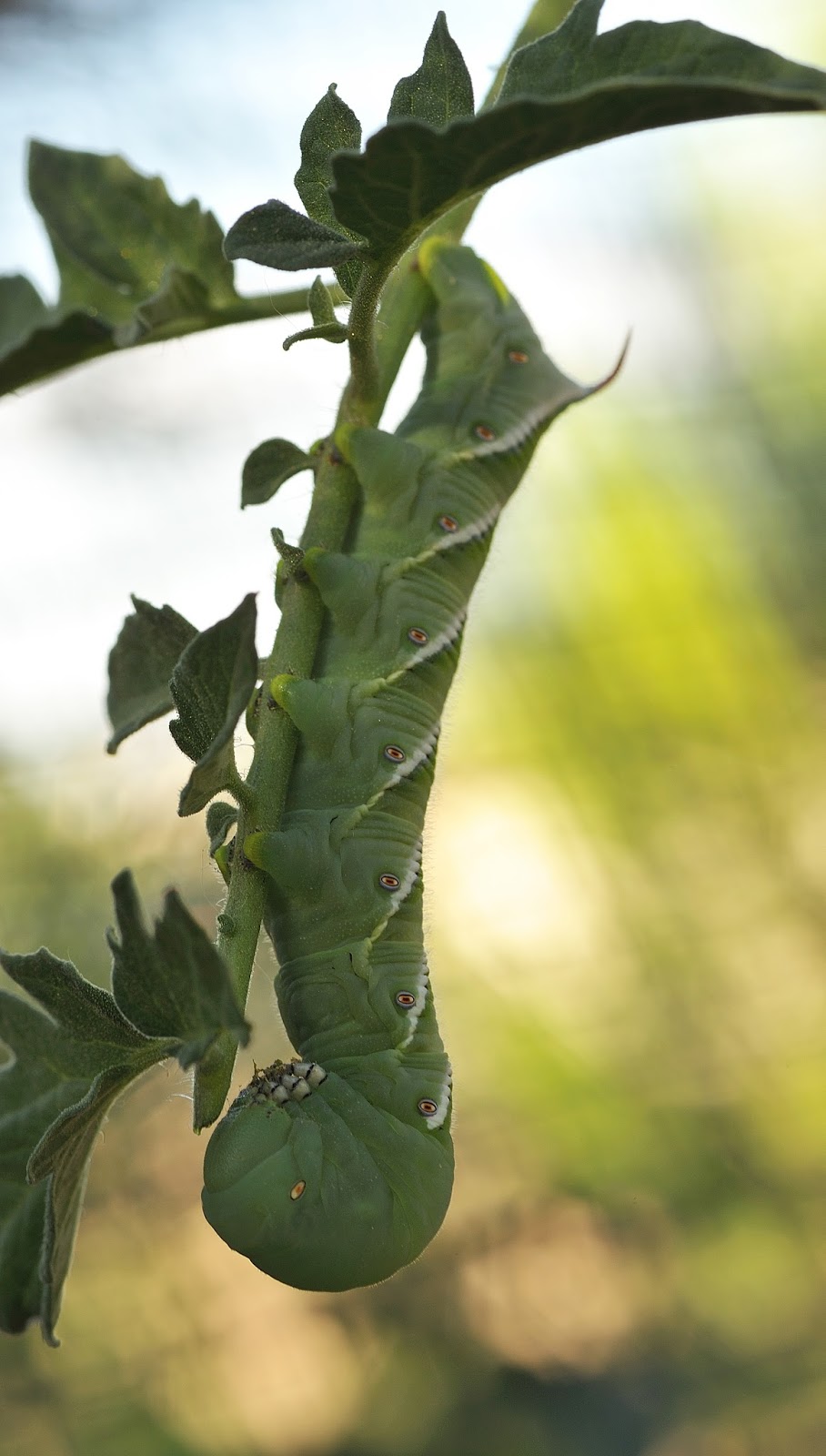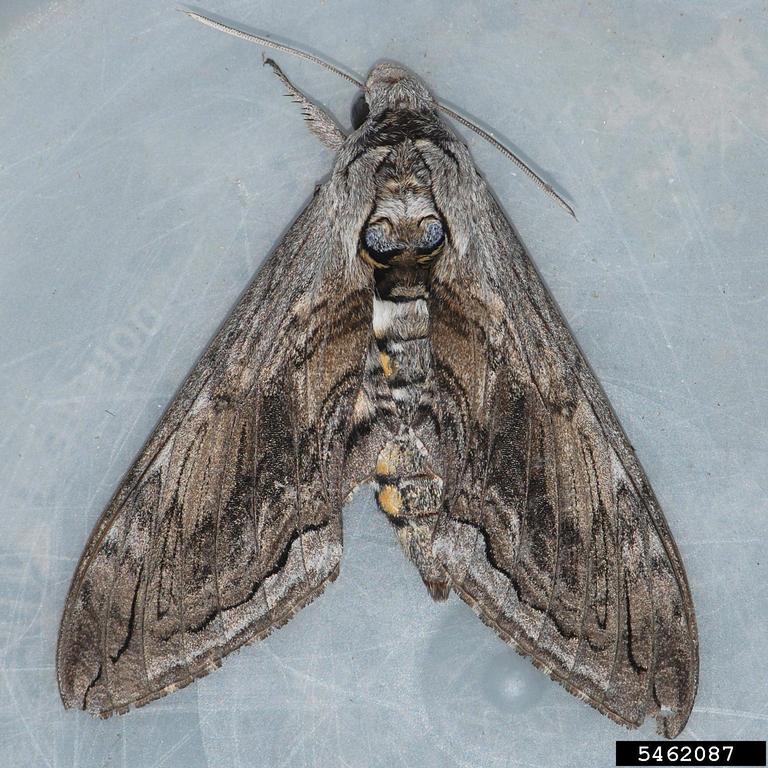

It has been proposed that following insect attack the foremost event is plasma membrane potential change (V m), followed by generation of second messengers such as cytosolic calcium (Ca 2+) and reactive oxygen species (ROS) that facilitate plant defense signal transduction. Herbivore-plant interactions are generally initiated at the plant cell membrane, where herbivore-associated elicitors trigger a series of signaling cascades that initiate induced plant responses. During an insect attack, the host plant perceives at least two types of signals: (1) physical injury or wounding known as damage-associated molecular patterns (DAMPs) and (2) chemical cues found in herbivore oral secretions (OS) or oviposition fluid (OF), known as herbivore-associated molecular patterns (HAMPs).

To counter this, although sessile, plants have evolved several defense approaches, which include morphological, biochemical, and molecular mechanisms. It is estimated that insect herbivory leads to about ~20 percent plant growth loss annually. Over millions of years, plants and herbivorous insects have been involved in a relentless war where plants are actively attacked by herbivores, reducing plant growth, development, and, consequently, their fitness. Herbivory is an unavoidable part of a plant’s life. In summary, our results demonstrate that plants incorporate a variety of independent signals connected with their herbivores to regulate and mount their defense responses. These results indicate a potential signaling cascade involving herbivore-associated elicitors, Ca 2+, and ROS in plants during insect feeding. Interestingly, PF OS-induced ROS increase was abolished in the presence of a Ca 2+ chelator, BAPTA-AM (1,2-bis(o-aminophenoxy)ethane- N, N, N′, N′-tetraacetic acid). ROS production was also suppressed in the presence of an antioxidant NAC ( N-acetyl- L-cysteine). Elevation in ROS generation was saturated after ~140 s of PF OS application. sexta OS generates significantly higher ROS while artificial diet-fed (DF) caterpillar OS failed to induce ROS in isolated tomato protoplasts. By using a dye-based ROS imaging approach, our study shows that application of plant-fed (PF) M. In this study, we show that tobacco hornworm caterpillar ( Manduca sexta) oral secretion (OS) induces reactive oxygen species (ROS) in tomato ( Solanum lycopersicum) protoplasts. However, herbivore-associated elicitors and the intrinsic downstream modulator of such interactions remain less understood. Over millions of years of coexistence, plants have evolved the ability to sense insect feeding via herbivore-associated elicitors in oral secretions, which can mobilize defense responses. Plants are under constant attack by a suite of insect herbivores.


 0 kommentar(er)
0 kommentar(er)
